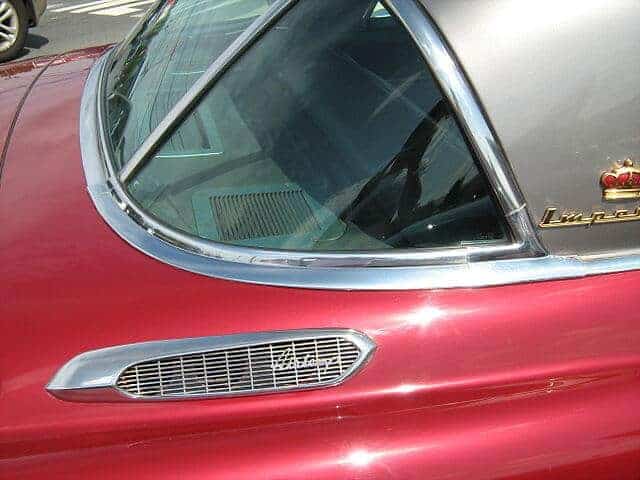As millions of California children head back to school this month, many will take the freeways to get there.
Based on a new study, environmental health researchers at USC have advice for parents who want to reduce their child’s exposure to harmful traffic pollutants: The car ventilation choice you make can effectively reduce exposure to on-road particle pollution.Scott Fruin, assistant professor of preventive medicine, and Neelakshi Hudda, research associate in environmental health, both of the Keck School of Medicine of USC, recently conducted the first systematic study of in-vehicle exposure to include a full range of car types and operating conditions, as well as all types of particulate pollution.“Short of driving less, putting your ventilation to ‘recirculate’ is the best way to reduce exposure to all types of vehicle-related particulate pollution,” said Fruin, senior author of the study published in Environmental Science & Technology. “Otherwise, an hourlong commute to work or school can double your daily exposure to traffic-related particulate air pollutants.”
Titled “Models for Predicting the Ratio of Particulate Pollutant Concentrations Inside Vehicles to Roadways,” the study quantifies the extent of exposure reduction according to car age, speed and pollutant type. The researchers found that in addition to the benefits of recirculation settings, exposures are lower in newer cars, at slower speeds and on arterial roads, where pollutant concentrations are lower than on freeways. According to the researchers, concentrations of particle pollutants on freeways are often five to 10 times higher than elsewhere.
By random sampling, Fruin and Hudda found that for a typical car (the national average is 7 years old), recirculation settings reduce in-vehicle particle pollution for very small particles from 80 percent (of on-road levels) to 20 percent, and from 70 percent to 30 percent for larger particles, compared to air ventilation settings, which bring in outside air. (Windows were always assumed to be closed for this test. Keeping windows open while driving quickly raises inside pollutant concentrations to the same levels as on-road levels.)
“Until this comprehensive study, measurements have been based on only a few cars and usually only one pollutant,” Hudda said. “We showed that recirculation settings produce large exposure reductions across all car types and for all particulate pollutants.”
However, the researchers found that leaving the windows closed over 30-minute or longer drives with several passengers also raised carbon dioxide (CO2) levels in compact, new cars, matching the levels found in stuffy meeting rooms.
“Some people are sensitive to high CO2 concentrations. To prevent this, outside air should be pulled in every 10 or 15 minutes for a minute or two, especially if there are two or more people in the vehicle,” Hudda said.
Traffic-related particulate pollutants studied included ultrafine particles (the very smallest that can enter the bloodstream) to the larger particulate matter (PM) sizes such as PM2.5 (invisible particles smaller than 2.5 microns) that are linked to heart disease and premature mortality. Pollutants also included black carbon and particle-bound polycyclic aromatic hydrocarbons, both high in diesel emissions, considered by the state of California to produce cancer.

